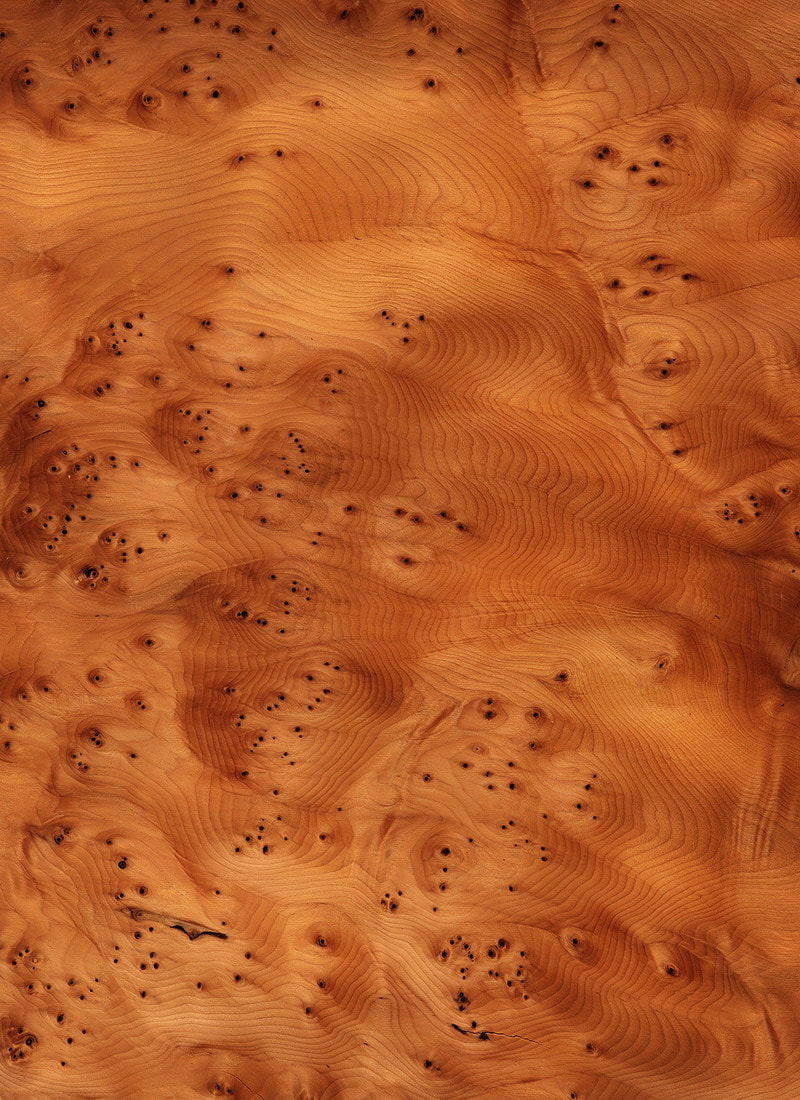In ‘Baile in Scáil’ (The Phantom’s Frenzy) we have another church story in which the High King (Conn of the Hundred Battles) is visited by the god Lugh (Lugh had passed over by about 1000 years or more, so this is necromancy - manifesting the spirits of the dead for purposes of magically revealing the future or influencing the course of events!). Lugh recites a poem telling the names and deeds of all the future Kings of Ireland, from Conn himself to the end of time. Lugh’s poem is so long that Conn's Druids write it down in Ogham on four rods of yew wood.
These four rods are eight-sided and twenty-four feet long. That was a very long poem to be carved into 768 foot (234m) of Yew which has an unpredictable grain pattern. Was such a thing even possible? At just 4 Ogham symbols per foot it is over 3072 Ogham symbols long. How many king names were recorded? Yew is a tough, flexible, toxic wood with lots of little pin knots in it that make it difficult to carve straight lines such as 3,000+ Ogham symbols. It is simply not believable that 768 foot (234m) of Yew was craved with Ogham symbols, just like the necromancy of Lugh being brought to ‘life’ to tell Conn about a king list...
But if such a poem was recorded on Yew wood in Ogham it implies many interesting things - that this Ogham poem of a ‘future king list’ was intended to be kept somewhere safe, that Druids were used to recording long poems and essays in Ogham on wood and that because Conn died in 157CE at Tara and is buried at Tara we see a continuity of use of Ogham from the Bronze Age into the Iron Age! This implies that the Druids of the Tuatha De Dannan used Ogham (because Ogma invented it) and that Ogham was still in use by the Druids of the Iron Age in 157CE!
Exerpt from the Book - "Your Celtic Path a seekers guide" now available at https://www.celticdruidtemple.com/ogamnua-book.html


 RSS Feed
RSS Feed